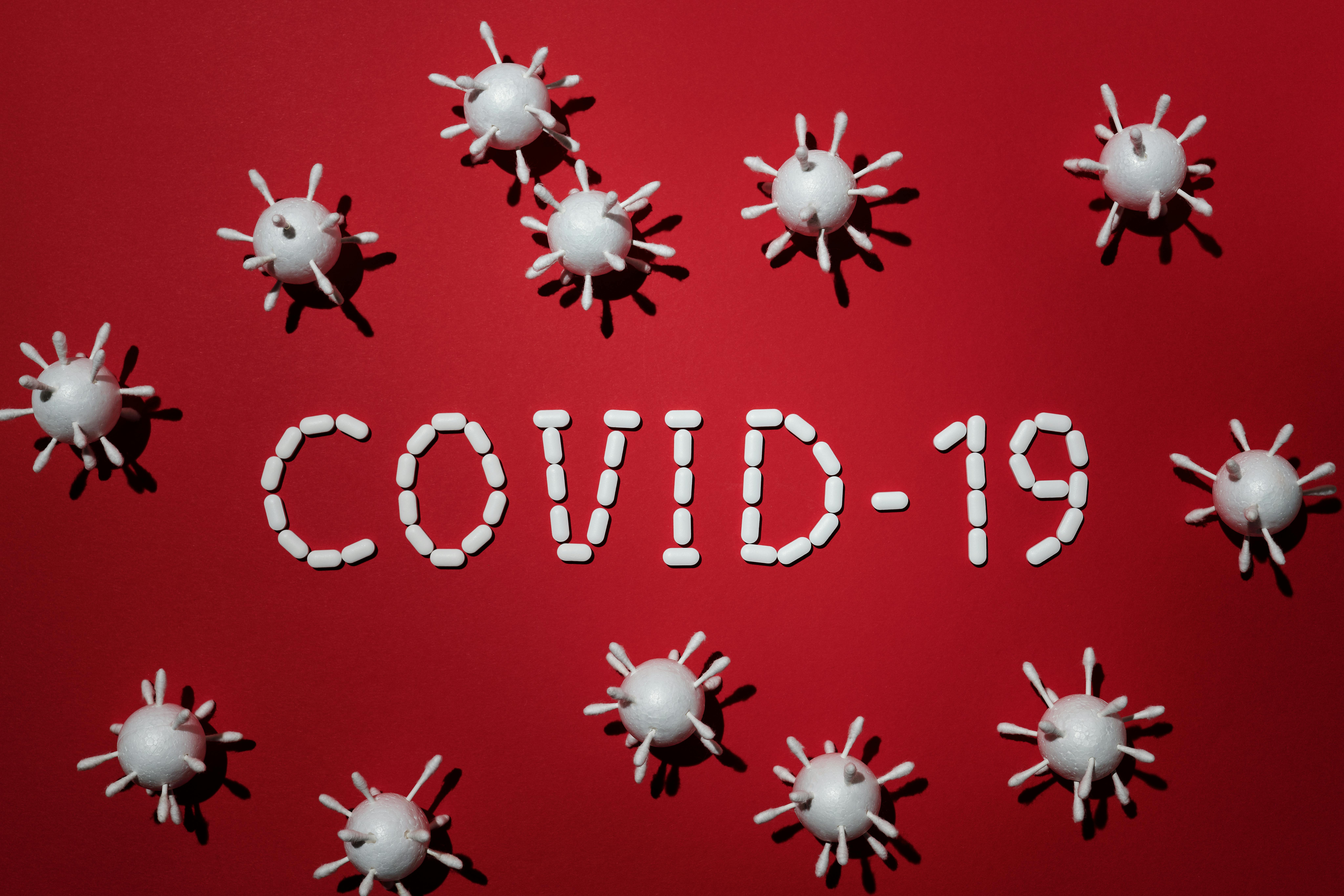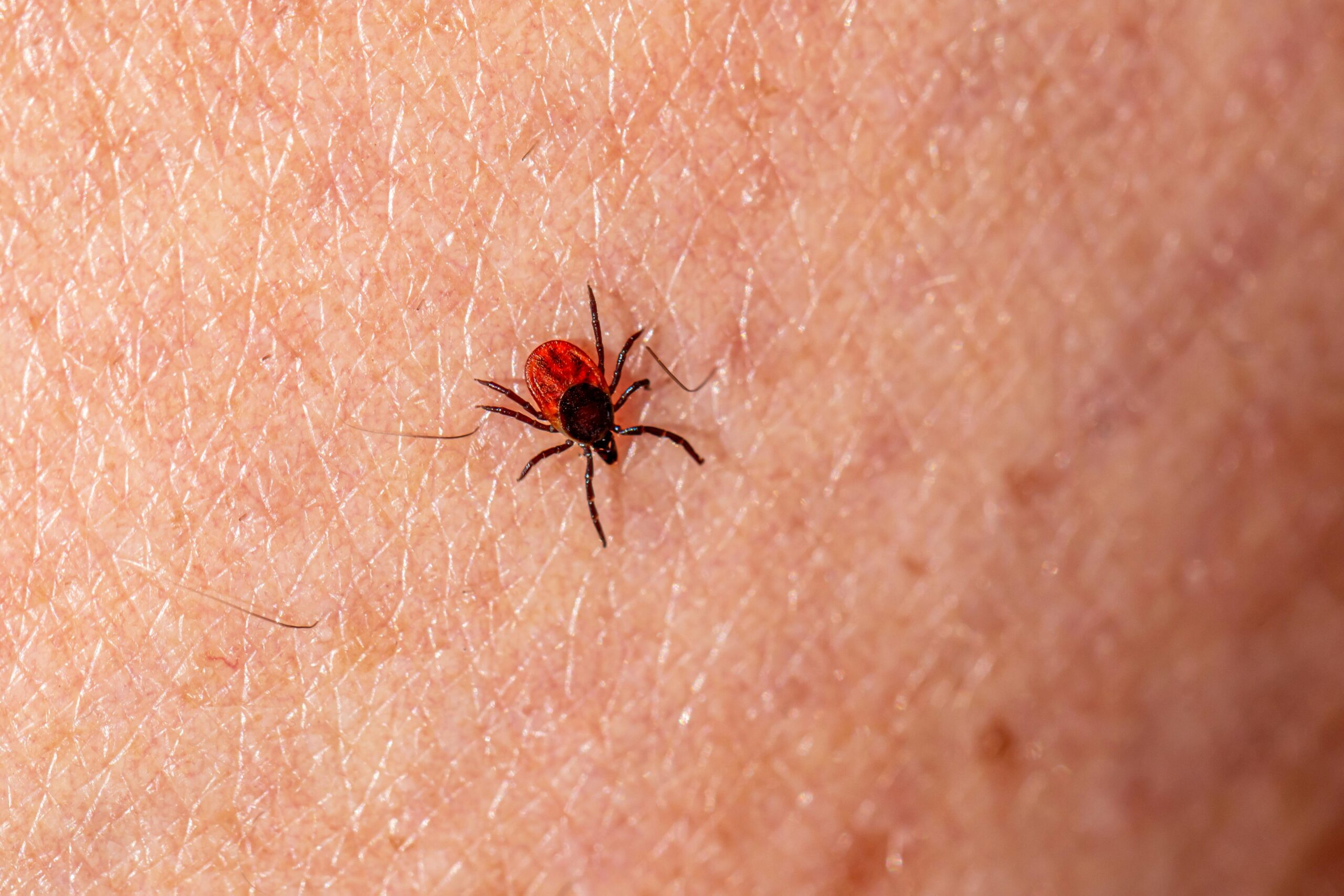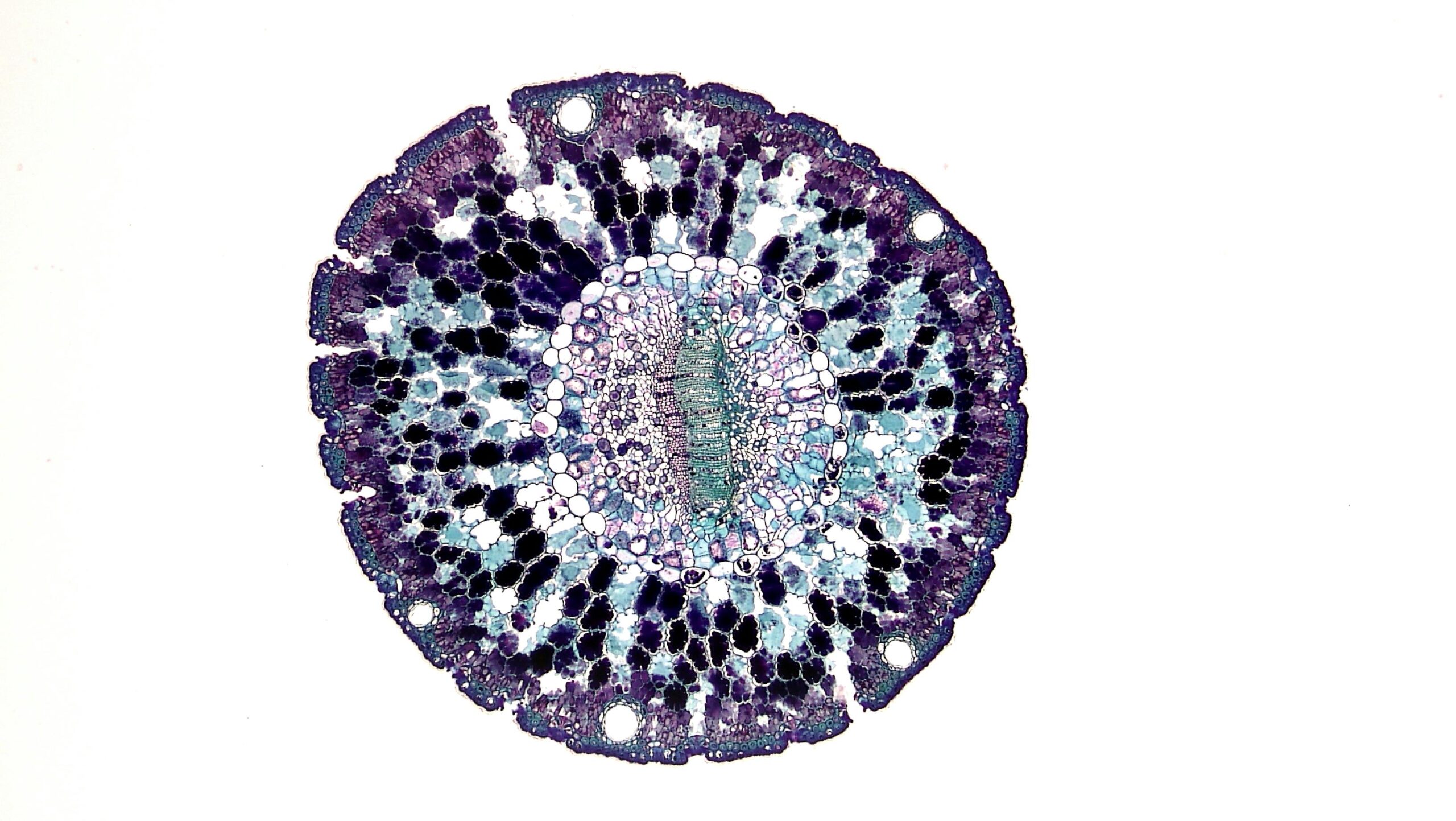(NEW YORK, NY) — New research from Leeds indicates that shifts in the trillions of bacteria living in your intestines—your gut microbiome—could serve as an early warning, appearing as much as ten months before the painful joint swelling and stiffness of rheumatoid arthritis (RA) takes hold. This groundbreaking discovery offers “a major opportunity to act sooner to prevent rheumatoid arthritis,” according to Dr. Christopher Rooney, the lead researcher from the University of Leeds.
For the more than half a million people in the UK alone affected by RA—a chronic condition where the body’s own immune system mistakenly attacks healthy cells, leading to severe joint pain and inflammation—this news could spark immense hope. If these gut changes can be pinpointed early enough, it might be possible to step in with straightforward approaches like dietary adjustments, probiotics, or even improved dental hygiene, potentially altering the disease’s course. Patients at risk, who often already experience symptoms such as fatigue and joint pain and may know someone in their family who has developed the disease, frequently feel a sense of hopelessness. This new research holds the potential to transform that outlook, providing a clearer path toward proactive health.
Uncovering the Hidden Signals in Your Gut
Researchers conducted a “longitudinal study,” meaning they followed a group of individuals over an extended period, taking samples at different times to observe changes. This particular study initially gathered data from 124 individuals who had high levels of CCP+, an antibody in the blood that attacks healthy cells and indicates a risk of RA. Their gut microbiomes were compared to those of 22 healthy individuals and seven people who had recently been diagnosed with RA. The findings from this larger group indicated that the gut microbiome in the at-risk group was less diverse compared to healthy individuals.
The core of the new discovery, however, came from the detailed look at 19 patients selected from the larger at-risk group for a focused longitudinal study. Of these 19, five individuals eventually progressed to clinical arthritis. By analyzing their samples, the researchers found something significant: these five patients showed “gut instability with higher amounts of bacteria including Prevotella,” roughly ten months before their RA symptoms officially appeared. Prevotella is a type of bacteria already known to be associated with rheumatoid arthritis. In contrast, the 14 patients whose disease did not progress maintained largely stable amounts of bacteria in their guts. This increase in instability may reflect the influence of RA development and associated inflammatory responses on the gut microbiome.
The study also delved into specific types, or “strains,” of Prevotella. While one particular strain, ASV2058, was enriched in the CCP+ at-risk group compared to healthy controls, it was found to be less abundant in progressors versus non-progressors. Conversely, another P. copri strain, ASV1867, was increased in progressors at baseline. These findings suggest that “different strains of P. copri may have diverse roles in RA progression”.
Furthermore, the researchers observed changes in metabolic pathways within the gut microbiome of individuals at risk of RA. These changes included an upregulation of amino acid metabolism and energy production in the at-risk group compared to healthy controls, suggesting underlying differences in metabolic demands or stress responses linked to inflammation. The study also identified associations between certain enzymes, gene families, and metabolic pathways with anti-CCP antibody levels, aligning with literature showing that these antibodies can affect microbiome function. For instance, increased levels of specific proteins and enzymes point to coordinated alterations in microbial gene expression and potential adjustments in microbial vitamin synthesis. In some patients within the study, gut changes were occurring before the onset of clinical arthritis, even when clinical reviews excluded RA progression.
The researchers considered various factors that could influence the gut microbiome, such as diet and medication use. They incorporated age into their statistical model as a critical factor. However, vegetable intake was not adjusted for, as this could “obscure significant microbiome-disease associations”. The same rationale was applied to adjustment of intestinal barrier integrity. Interestingly, common medications like non-steroidal anti-inflammatory drugs, proton pump inhibitors, and steroids did not show a significant effect on the gut microbiome in their analysis, likely due to their “as needed” use rather than continuous use.
A Crucial Window for Prevention
The most significant implication of this research is the idea of a “window of opportunity” for preventative treatments. Detecting these changes in the gut microbiome about ten months before clinical RA develops could provide a chance for doctors to intervene before the disease fully takes hold.
The researchers are keen to test strategies that focus on improving gut health within this crucial ten-month period. This includes dietary changes, such as eating more fiber, which is known to support a healthy gut. They also plan to investigate the use of prebiotics (food for beneficial bacteria) and probiotics (beneficial bacteria themselves). Beyond diet, the study also highlights the potential role of improving dental hygiene to prevent harmful bacteria from gum disease from reaching the gut. While the exact relationship between gut inflammation and rheumatoid arthritis development remains unclear, some patients in the study showed gut changes before any changes to the joints were observed by a rheumatologist, indicating a potential interplay that warrants further investigation. Although bacteria are associated with rheumatoid arthritis, the researchers emphasize that there is “no evidence this is contagious”.
This study builds on previous understanding that individuals at risk of RA often have a distinctive gut microbial makeup, including an overabundance of Prevotellaceae species. This microbial signature is consistent and correlates with traditional RA risk factors. The longitudinal examination reveals a dynamic microbial environment preceding RA onset. The Leeds research team will now carry out an analysis of treatments that have already been trialed, to inform future testing of interventions at this potential ten-month intervention point.
Looking Ahead: Research and Support
While these findings are promising, the researchers acknowledge certain limitations. The primary one is the small longitudinal sample size of 19 patients, which may limit the generalizability of the results and increase the chance of spurious associations. This calls for further research with larger longitudinal cohorts. The study also highlights the heterogeneity in the “not-yet-RA” (NORA) cohort, which may limit the interpretability of direct comparisons. Furthermore, extending the analysis beyond the bacterial microbiome to include viromes, mycobiomes, and archaeomes could reveal additional facets of microbial influence on RA pathogenesis. The absence of integrated transcriptomic or metabolomic data restricts interpretations to potential rather than confirmed metabolic activity.
This research was funded by Versus Arthritis and Leeds Cares, with Dr. Christopher Rooney receiving a personal fellowship and currently an NIHR Clinical Lectureship. The Leeds CCP clinic is supported by the NIHR Leeds Biomedical Research Unit. Leeds Teaching Hospitals NHS Trust, Versus Arthritis and Leeds Hospitals Charity were also partners on the project. Patients from Chapel Allerton Hospital contributed to the study’s design and feasibility, influencing aspects like recruitment and sample collection.
Ultimately, this study provides compelling evidence that the gut microbiome isn’t just along for the ride in the journey toward rheumatoid arthritis; it might be an early indicator, offering a crucial opportunity to intervene and potentially alter the course of the disease.
Paper Summary
Methodology
This longitudinal study involved 19 at-risk patients, from whom stool samples were taken five times over 15 months to track gut microbiome changes. Researchers also initially compared gut microbiomes of 124 at-risk individuals (with high CCP+ antibodies), 22 healthy individuals, and 7 newly diagnosed RA patients. Age was accounted for, but vegetable intake and intestinal barrier integrity were not adjusted for to avoid obscuring microbiome-disease associations.
Results
The study found that individuals who progressed to clinical rheumatoid arthritis showed an unstable gut microbiome with higher amounts of Prevotella bacteria approximately ten months before diagnosis. This instability was absent in at-risk individuals who did not develop RA. The at-risk group also exhibited less gut microbiome diversity than healthy controls. Specific Prevotella copri strains appeared to have diverse roles in RA progression. Additionally, changes in metabolic pathways, like amino acid and energy metabolism, were observed, alongside links between microbiome function and anti-CCP antibody levels.
Limitations
Primary limitations include the small longitudinal sample size (19 patients), which may affect generalizability. The study focused only on the bacterial microbiome, suggesting future research could include other microbes (viruses, fungi) and integrate transcriptomic or metabolomic data for more comprehensive insights.
Funding and Disclosures
This research was funded by Versus Arthritis and Leeds Cares. Lead researcher Dr. Christopher Rooney received fellowships and lectureship funding. The Leeds CCP clinic is supported by the NIHR Leeds Biomedical Research Unit. Leeds Teaching Hospitals NHS Trust, Versus Arthritis, and Leeds Hospitals Charity were partners. Authors disclosed grants/fees from various pharmaceutical companies. Patients assisted with study design.
Publication Information
The study, titled “Longitudinal gut microbiome instability in individuals at risk of developing rheumatoid arthritis,” was published in the Annals of the Rheumatic Diseases by C.M. Rooney et al.












